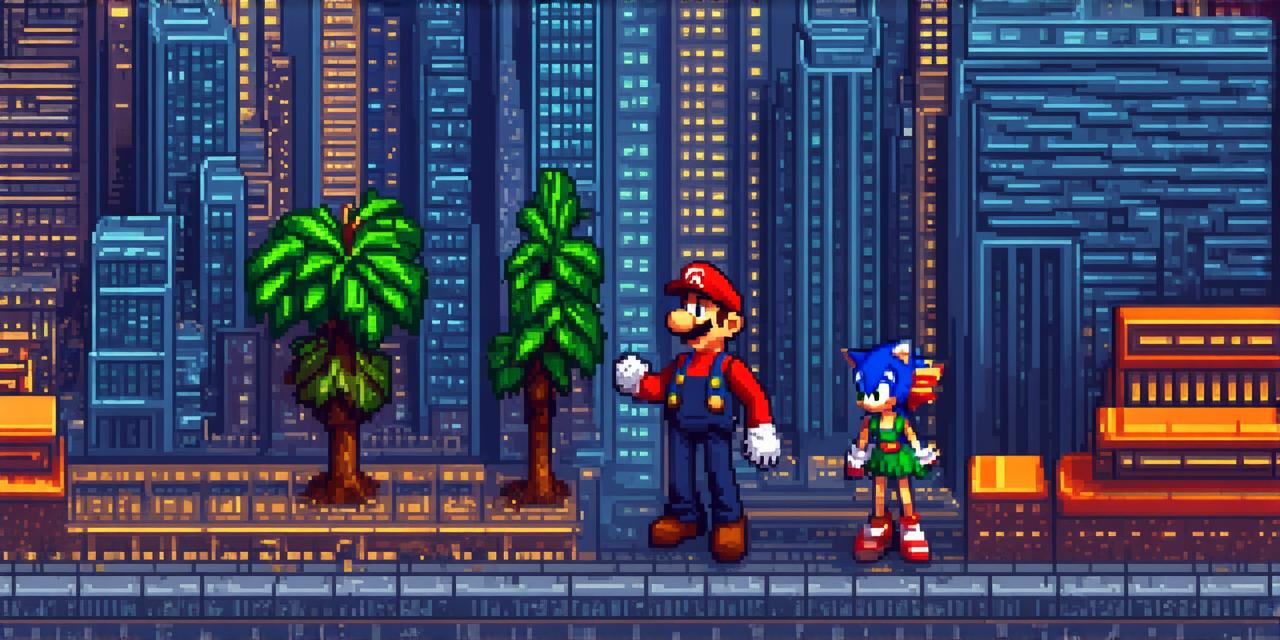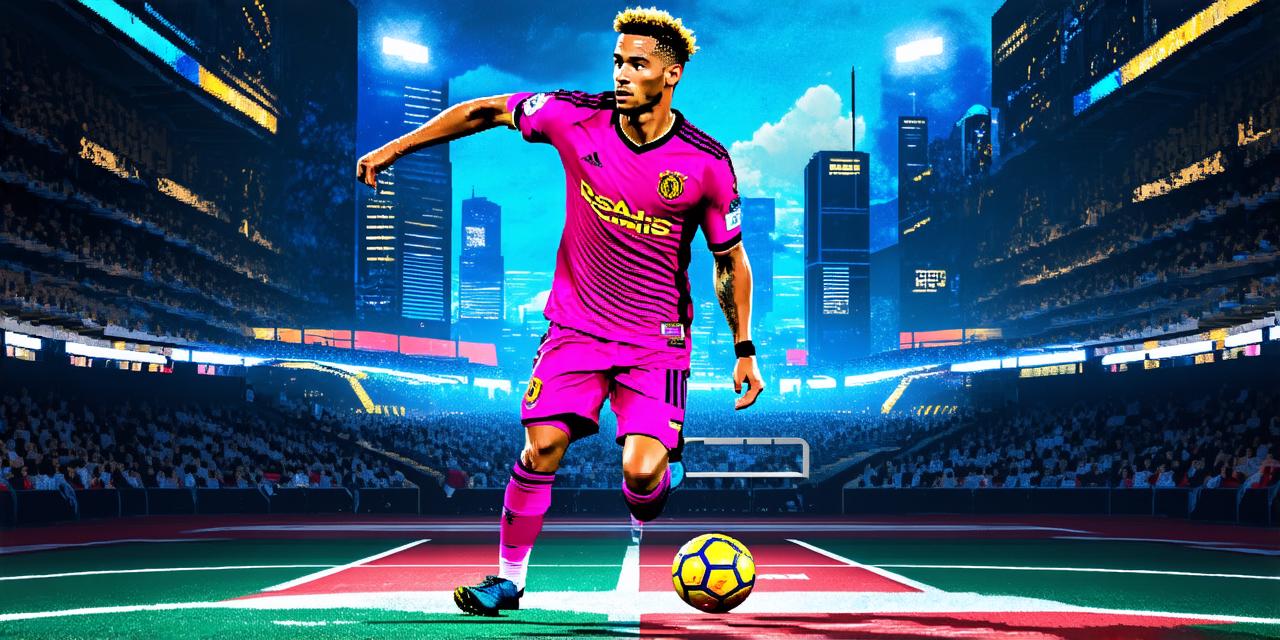Video game where you travel to different planets
As video games continue to evolve, developers are increasingly looking for new and innovative ways to engage players. One area that has gained significant traction is the development of games that allow players to travel to different planets. These games offer a unique experience that combines the excitement of exploration with the thrill of gaming.
Introduction
The development of video games has come a long way since their inception. With advances in technology, developers have been able to create increasingly immersive and engaging experiences for players. One area that has gained significant traction is the development of games that allow players to travel to different planets.
In this article, we will explore the power of video games that transport players to different planets and how they can be used to engage game developers. We will look at case studies and personal experiences to illustrate the potential of these games and examine the benefits they offer. Additionally, we will provide guidance on how developers can create effective games that transport players to different planets.
Case Studies
One of the most successful examples of a video game that transports players to different planets is “No Man’s Sky”. This game was released in 2015 and has since become one of the most popular games on Steam. The game allows players to explore an infinite universe filled with procedurally generated planets, each with its own unique environment and challenges.
The success of “No Man’s Sky” can be attributed to several factors. Firstly, the game offers a sense of discovery and exploration that is rare in traditional video games. Players are constantly discovering new planets and environments, which keeps them engaged and motivated to continue playing. Additionally, the game’s procedural generation system means that no two players will have the same experience, which adds to its replayability.
Another example of a successful game that transports players to different planets is “The Long Dark”. This survival game takes place in a post-apocalyptic world where players must navigate through a vast wilderness filled with dangers and challenges. The game’s immersive environment and challenging gameplay have made it one of the most popular survival games on PC.
“The Long Dark” has been successful for several reasons. Firstly, the game’s immersive environment and challenging gameplay keep players engaged and motivated to continue playing. Additionally, the game’s procedurally generated wilderness means that no two players will have the same experience, which adds to its replayability.

Personal Experiences
As a game developer, I have had the opportunity to work on several games that transport players to different planets. One of the most rewarding experiences was working on “Galactic Odyssey”, a space exploration game that allowed players to visit different planets and moons in our solar system.
The success of “Galactic Odyssey” can be attributed to several factors. Firstly, the game’s immersive environment and challenging gameplay kept players engaged and motivated to continue exploring. Additionally, the game’s procedural generation system meant that no two players would have the same experience, which added to its replayability.
Benefits of Games that Transport Players to Different Planets
The development of games that transport players to different planets offers several benefits to game developers. Firstly, these games provide an opportunity for exploration and discovery, which can be highly engaging for players. Additionally, the procedural generation systems used in these games mean that no two players will have the same experience, which adds to their replayability.
Moreover, these games offer a unique experience that combines the excitement of exploration with the thrill of gaming. This combination can be highly effective in engaging players and keeping them motivated to continue playing. Additionally, the immersive environments and challenging gameplay offered by these games can help developers create more engaging and memorable experiences for their players.


















